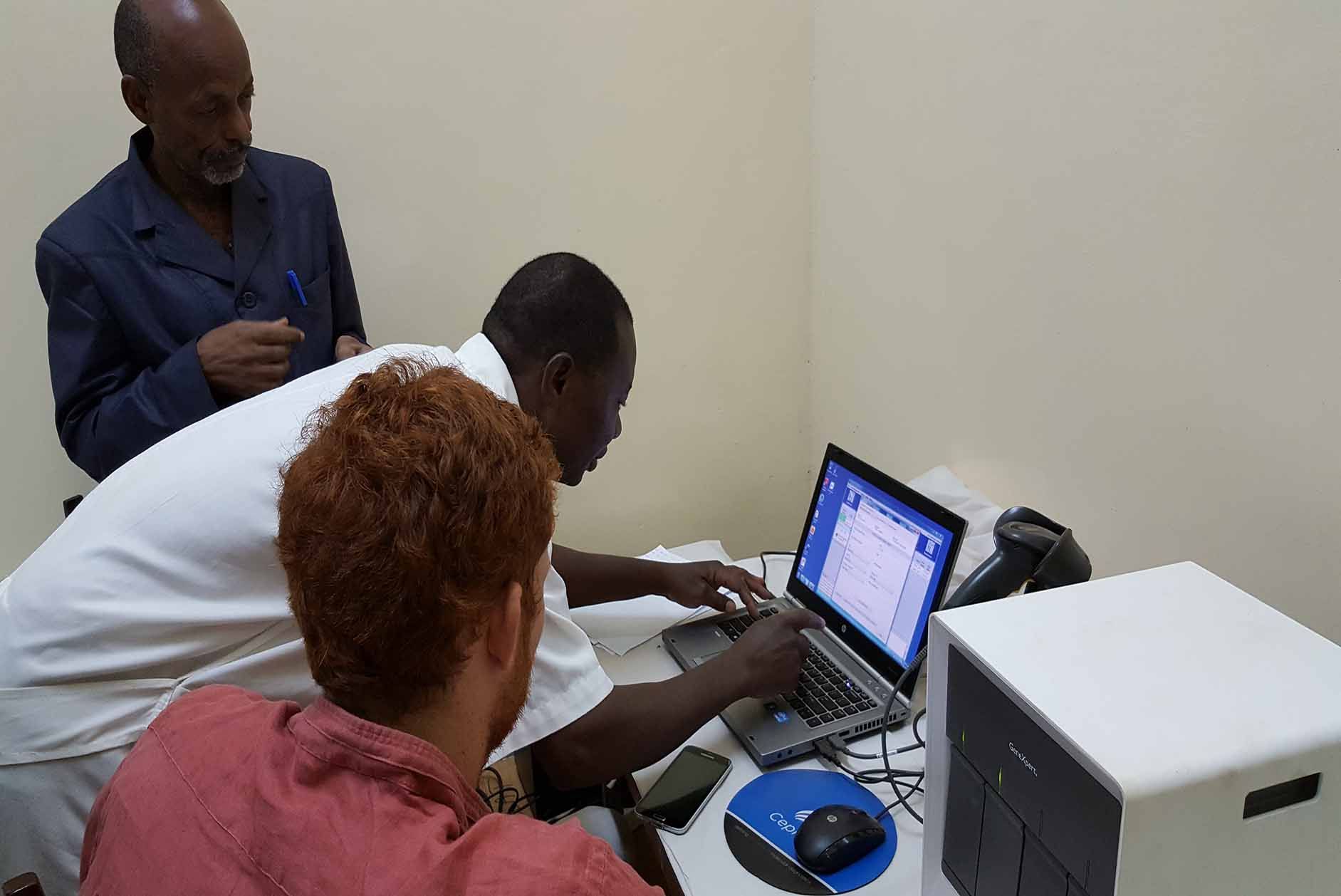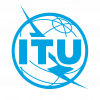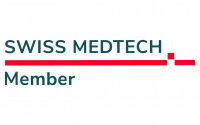BLOG
Telecom26 blog
How Telecom26’s IoT connectivity enables real-time diagnosis and treatment to help control the spread of infectious disease including COVID, Ebola, TB, Malaria and HIV

SystemOne, IoT Connectivity and Telecom26
SystemOne is a pioneer in the rollout of ehealth and mobile health solutions across the world, implementing the digital backbone for medical diagnostics, and managing data for 250,000 tests/month in 43 countries managing TB, HIV, Ebola - and, most recently, COVID-19.
SystemOne’s digital backbone enables labs and clinics to accelerate time-to-treatment for patients, which has a direct impact on outcomes.
Digital information from diagnostic devices can also be shared with local and central Governments to enable disease surveillance and mitigation initiatives in the fight against deadly and costly infectious diseases.
The Connectivity Challenge
Unreliable bandwidth and patchy connectivity are problems encountered by ehealth programmes across the world, particularly in Africa and Asia where many medical clinics are in remote areas with unreliable telecom networks.
The traditional route is to buy local SIMs to provide device connectivity. Unfortunately, this limits users to one MNO (Mobile Network Operator) - and adds juggling multiple SIMs across devices to find the strongest local network to a long list of headaches for healthcare providers.
Telecom26’s Global IoT SIM cards and routers were developed with the specific goal of improving connectivity in remote and rural areas. They enable devices to automatically access and switch between multiple cellular networks -- and any Wi-Fi or LANs, both in-country and across borders -- to ensure that they are using the best performing service at any one time.
Telecom26’s Global IoT SIMs are compatible with 1100 cellular networks from over 650 mobile operators in more than 200 countries.
The Results
Telecom26’s Global IoT SIM cards can be inserted in medical devices that need connectivity either when they arrive at the clinic, or at the point of manufacture. This means that wherever the medical device ends up, with a Telecom26 IoT SIM card it can connect to the local network.
Initially, the SystemOne diagnostic devices used by medical personnel in Ghana, Mozambique and Zimbabwe had Telecom26’s global IoT SIM cards inserted inside them.
This approach was so successful that Telecom26’s contract was extended to provide connectivity to healthcare clinics across Africa including Lesotho, Malawi (where T26 replaced Vodafone) and Nigeria. In addition, SystemOne began using Telecome26’s global IoT SIM cards outside Africa in Bangladesh and East Timor.
In Angola SystemOne’s medical devices connect via a router using Wi-Fi to our mobile broadband, ensuring that critical services stay online.
In Nigeria SystemOne has gone a step further, with a new digital healthcare initiative using a custom-built app on Android devices, Aspect Reporter. This new app tracks the diagnostic result delivery, treatment initiation and recovery of patients with infectious diseases, enabling health systems to better ensure that sick patients get the treatment they need and adhere to it through recovery.
Together SystemOne, Telecom26 and IoT networks are saving lives across the world - and helping countries respond more effectively to outbreaks of infectious disease by identifying positive cases faster and allowing a big-picture view of disease spread across a region.
Of course, any medical device can benefit from the capabilities of Telecom26’s Global IoT SIM cards. One of the key problems with shipping a device that needs connectivity is that organisations may not know where they will end up.
So, rather than leaving the problem of connectivity downstream, to the end-user or agency that deploys the device - who may well end up blaming the device rather than poor connectivity - wouldn't it be better to ensure devices natively equipped with connectivity, ready to go when activated in the field?
That's what you get with Telecom26's SIMs - and now, eSIM - solutions.
If you would like to see how you can simplify this part of your supply chain, why not get in touch?
More information about Telecom26’s IoT Connectivity for Healthcare portfolio can be found here.



